A Wedgwood vase made to hold a potted plant featured medallions of Benjamin Franklin and other American patriots. We were tempted, but it cost $350—and if we use it for plants, we might stain or chip it.
A group of cardboard and tin boxes that once held candy or perhaps other gifts for women featured pictures of attractive females. Prices were determined by size and condition. A 6-by-3-inch box was $65 to $75.
Antique teddy bears filled another booth. They were top-of-the-market and priced into the thousands. An old Steiff teddy bear dressed for the opera was tagged $8,900. He still had the Steiff button in his ear.
Dealers often specialize. One booth had Halloween-related decorations and lots of old board games. A 6-inch pumpkin-man marionette was priced $2,200, and a 6-inch witch-head blower was $175. The board games were all in fine to mint condition and each had great graphics on both the board and box. The “Man in the Moon” game (McLoughlin Brothers, copyright 1890) in a 12-inch-square box was priced $3,500. “Stars and Stripes” was $8,500; “Wild West Game,” $4,500; and “The Stanley Africa Game” in an 18-by-8-inch box with the board inside, $4,000.
A dealer who specialized in Hot Wheels toys, made by Mattel since 1968, told us he was happy with his sales at the show. He said “red-line” cars, early examples with a red line on the tires, and Treasure Hunt cars, introduced in 1995, get top prices. He was selling rare Hot Wheels that had been used and many others that were mint-in-the-box.
Some unusual things were at the show. A Fairy Soap box complete with bars of soap was $550. We had never seen the actual bars of soap before. We liked a Hart Brand canned foods cardboard sign, but it was sold. We own some of the cans. A large sheet of tin-plated steel printed with Canada Dry logos and pictures of sports stars was originally made to be cut up into cans. The sheet made an interesting wall hanging and cost $200.
There seem to be poker chips in a circular holder at every show, probably because poker is so popular these days. An old set in good condition, with inlay and trim, was priced $950.
Garden ornaments were displayed outdoors. There was a pair of concrete statues representing two of the four seasons, spring and fall. The statues, from a large garden in Palm Beach, Fla., were selling for $850 each, and the pedestals they sat on were another $350 apiece. The same dealer was selling a large iron urn marked “Kramer Bros. Fdy. [Foundry] Co., Dayton, O” and made about 1910. It cost $1,300.
There is always something you regret not buying. For us it was a 2-inch pin with a mesh purse hanging from a silver bow. It opened to hold a picture. The early 1900s silver pin was only $25, but we debated, planned to come back to the booth later, then forgot the number of the booth and were too tired to wander till we found it again. We did buy some books about toys from a German dealer—copies of old Marklin and Bing toy catalogs.
The good news is that the show attracted a crowd and most dealers said their sales were good. The bad news is that although the show does not allow dealers to sell reproductions, we saw two large tin Grape-Nuts signs, some silver-plated figural napkin rings and a Jadite bottoms-up glass that were fakes. There were also real vintage examples of each. Prices for the real and fake were almost the same.
We liked the dump display of costume jewelry near the exit. It was labeled “Any Item, $10.” The dealer had to refill it during the show.
And we liked an outdoor display of unusual garden ornaments, too. There were recycled pieces of buildings, fences, tools, tiles, statues and more. Each piece had a tag with the history of the parts, where it came from, how old it was and any special history. A birdbath top was attached to a piece of a fluted column, and a piece of a hitching post was mounted on a large rectangular stone.
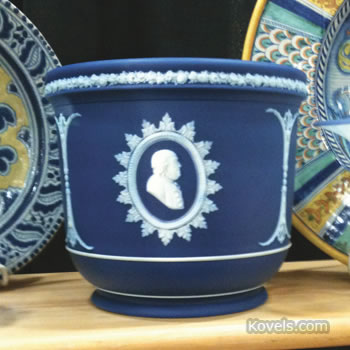
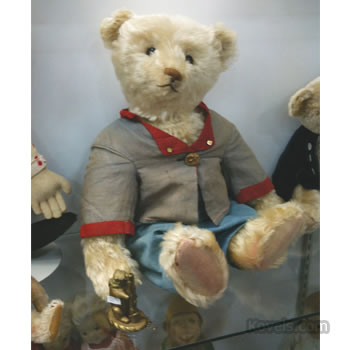
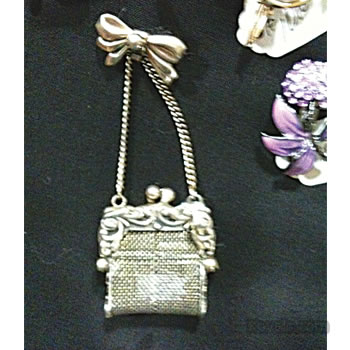
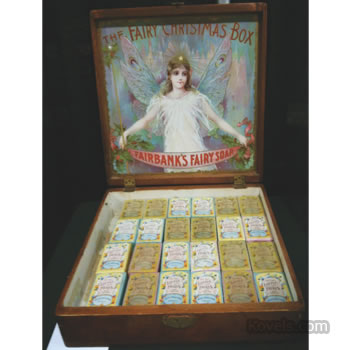
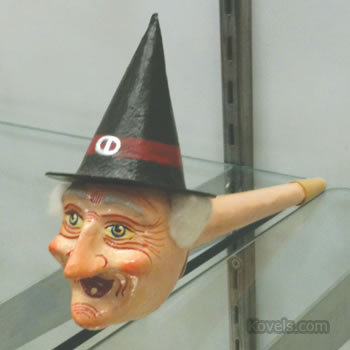
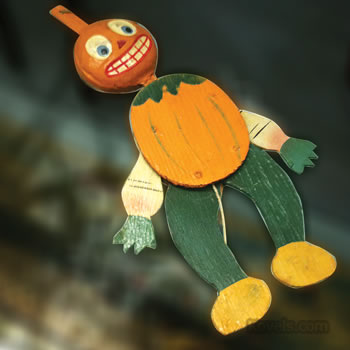
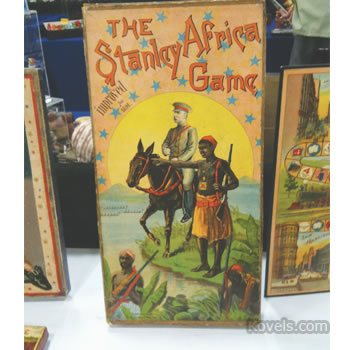
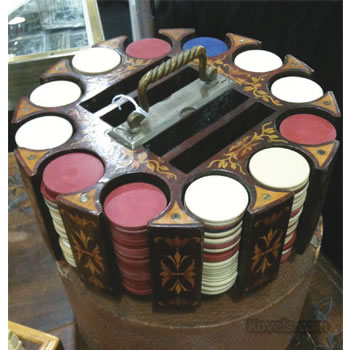
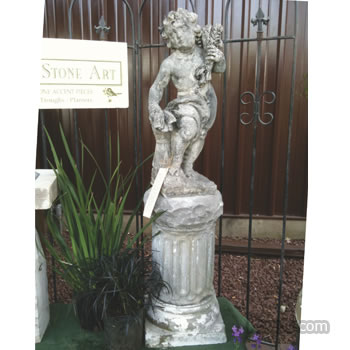
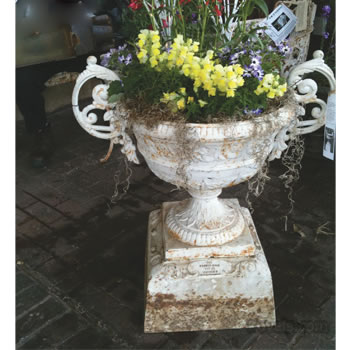



Leave a Reply
You must be logged in to post a comment.